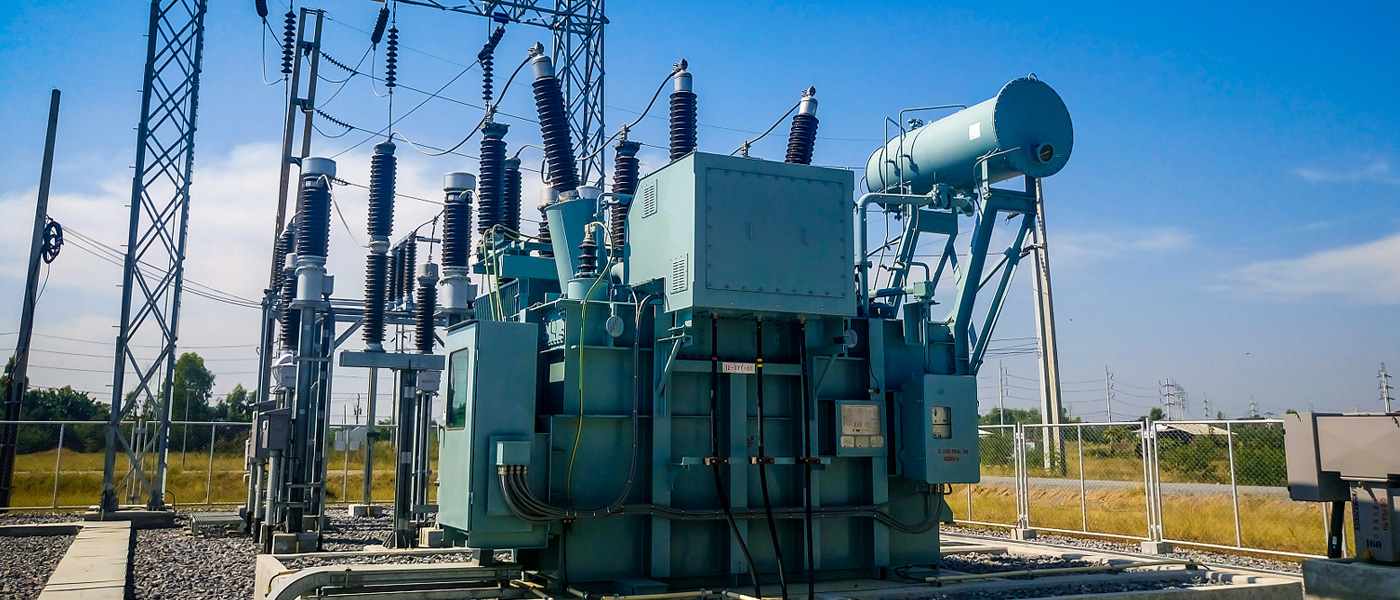What is power transformer?
2024-05-24

A power transformer, a crucial component in the electrical power system, is not just a static device. It's a dynamic force that plays a vital role in the transmission and distribution of electrical energy. By transferring electrical energy from one circuit to another through the process of electromagnetic induction, power transformers enable efficient transmission and distribution over long distances and across different voltage levels. Their role is not just important; it's indispensable.
Working Principle:
The operation of a power transformer is rooted in the fundamental principle of Faraday's law of electromagnetic induction. As an alternating current (AC) flows through the primary winding, it generates a dynamic magnetic field. This field, in turn, induces a voltage in the secondary winding, thereby transferring electrical energy from the primary to the secondary circuit. The voltage transformation ratio of the transformer is determined by the ratio of the number of turns in the primary winding to the number of turns in the secondary winding.
Classification:
Power transformers, classified based on their application, fall into two main categories: step-up transformers and step-down transformers. Step-up transformers are the workhorses that increase the voltage level of electrical energy for efficient transmission over long distances. On the other hand, step-down transformers play a crucial role in decreasing the voltage level for distribution to end-users. Furthermore, power transformers can be further categorized based on their construction, cooling methods, and insulation systems.
Main Features:
The construction of a power transformer typically consists of a core made of high-permeability magnetic materials such as silicon steel or amorphous metal and two or more sets of windings. The core provides a low-reluctance path for the magnetic flux, while the windings are used to transfer the electrical energy between the primary and secondary circuits. The windings are usually made of copper or aluminum conductors and are insulated to withstand the high voltages and currents present in the transformer.
Technical Parameters:
Power transformers are designed and manufactured to meet more than just specific performance and safety standards set by regulatory authorities and industry organizations. They are crafted with precision to adhere to these standards, which cover various aspects such as efficiency, temperature rise, insulation levels, and safety features. These parameters are not just numbers on a sheet; they are the guardians of the reliable and safe operation of power transformers in different applications. They are the key to our responsibility.
Efficiency: The efficiency of a power transformer is a critical parameter that indicates the ratio of output power to input power. Higher-efficiency transformers minimize energy losses and contribute to overall system efficiency.
Temperature Rise: The temperature rise of a power transformer refers to the increase in temperature of the transformer's windings and core during operation. It is important to ensure that the temperature rise remains within safe limits to prevent insulation degradation and ensure long-term reliability.
Insulation Levels: Insulation levels of power transformers are specified to withstand the electrical stresses and voltages present in the transformer. Proper insulation design and materials are essential to ensure the safe and reliable operation of the transformer.
Safety Features: Power transformers are equipped with various safety features such as overcurrent protection, overvoltage protection, and temperature monitoring to prevent damage and ensure safe operation.
Applications:
Power transformers are used in various applications across the electrical power system, including power generation, transmission, distribution, and industrial processes. In power generation, large power transformers are used to step up the voltage of the electrical energy generated by power plants for efficient transmission over long distances. In transmission and distribution, power transformers are used to step up or down the voltage levels to match the requirements of the grid and end users. Industrial processes such as steel manufacturing, mining, and chemical production also rely on power transformers for their electrical energy needs.
Maintenance and Testing:
The performance and reliability of power transformers are not just critical; they are the backbone of the overall stability and efficiency of the electrical power system. Regular maintenance and testing of power transformers are not just essential; they are urgent. They are the lifeline that ensures their continued operation and detects any potential issues that may affect their performance. Diagnostic techniques such as insulation resistance testing, turn ratio testing, and power factor testing are not just tools; they are our eyes and ears in the field, helping us assess the condition of power transformers and identify any abnormalities.
In conclusion, power transformers are essential components in the electrical power system that enable the efficient transmission and distribution of electrical energy. Their ability to step up or step down voltage levels and provide impedance transformation, voltage regulation, and isolation make them indispensable in various applications across the power system. The design, construction, and maintenance of power transformers are critical to ensuring their reliable and safe operation, and their performance directly impacts the overall reliability and efficiency of the electrical power system.





